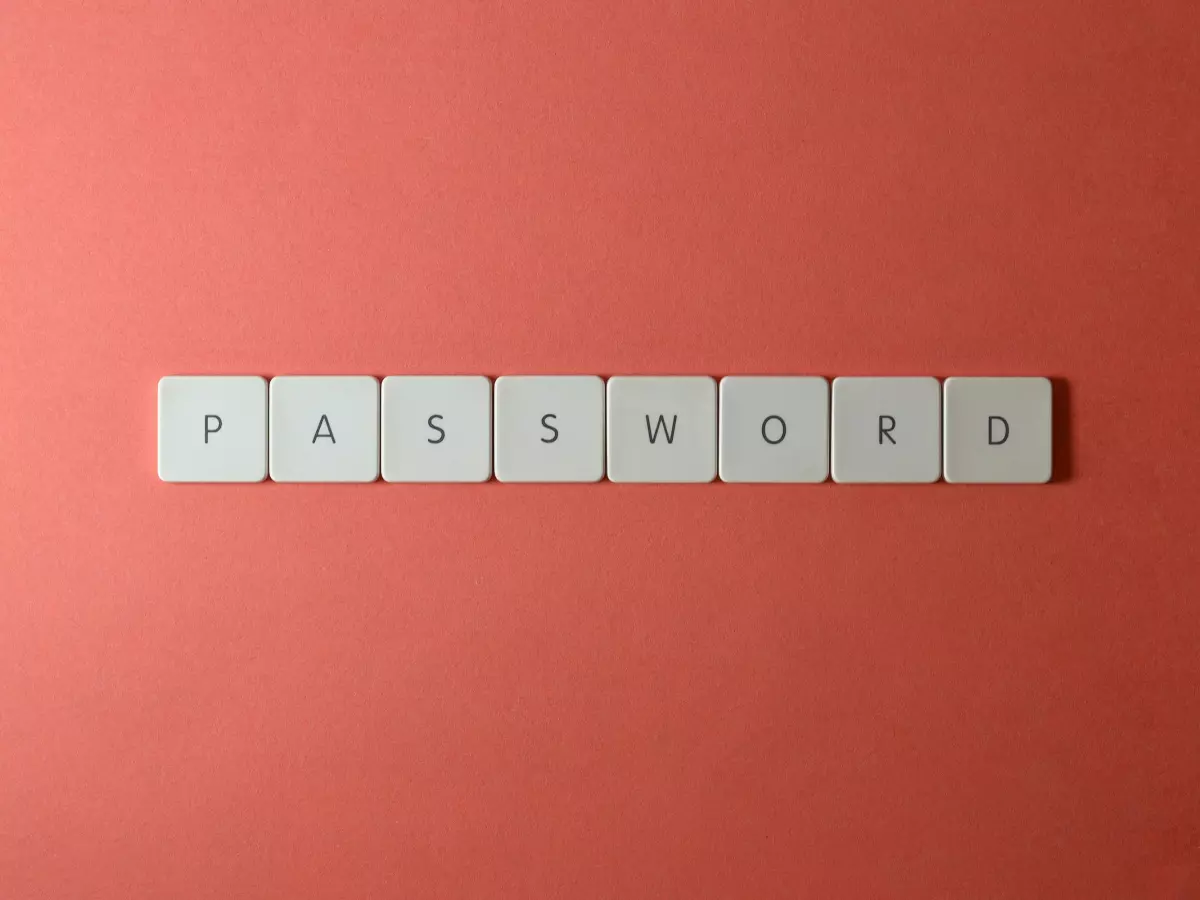Bridging the Gap
Over $1 billion in crypto assets were stolen from blockchain bridges in 2022 alone. That’s a staggering number, and it raises a crucial question: are blockchain bridges really safe?

By Tomás Oliveira
Blockchain bridges are one of the most exciting developments in the crypto world, promising seamless transfers of assets between different blockchains. But with great power comes great responsibility—or in this case, great risk. These bridges are becoming a prime target for hackers, and the consequences of a successful attack can be devastating for users and the broader crypto ecosystem.
So, what exactly are blockchain bridges, and why are they so vulnerable? Let’s dive into the technical side of things and explore the security challenges that come with these cross-chain connectors.
What Are Blockchain Bridges?
In simple terms, a blockchain bridge connects two separate blockchains, allowing them to communicate and transfer assets between each other. Imagine you have some Ethereum (ETH) and want to use it on a blockchain that operates on a different protocol, like Binance Smart Chain (BSC). A bridge makes this possible by locking your ETH on the Ethereum blockchain and minting an equivalent amount of a wrapped token (like wrapped ETH) on BSC.
Sounds pretty cool, right? It is—until someone figures out how to exploit the system. The bridge essentially holds large amounts of assets in a smart contract, and if that contract is compromised, well, you can kiss those assets goodbye. This is why bridges are often referred to as 'honeypots' for hackers.
Why Are Blockchain Bridges Vulnerable?
There are several reasons why blockchain bridges are particularly vulnerable to attacks. First, they involve multiple blockchains, each with its own set of rules, consensus mechanisms, and security protocols. This complexity creates more opportunities for things to go wrong.
Second, bridges rely heavily on smart contracts to lock and mint assets. While smart contracts are designed to be tamper-proof, they are not immune to bugs or vulnerabilities. A single flaw in the contract can open the door for hackers to drain the assets locked in the bridge.
Third, bridges often rely on external validators or oracles to verify transactions between blockchains. If these validators are compromised or act maliciously, they can approve fraudulent transactions, leading to significant losses.
Real-World Examples of Bridge Hacks
Unfortunately, bridge hacks aren’t just theoretical. They’ve already happened, and the losses have been massive. One of the most infamous examples is the Ronin Network hack, where over $600 million worth of assets were stolen in a single attack. The Ronin Network is a bridge that connects the Ethereum blockchain to the popular Axie Infinity game, and the hack was a wake-up call for the entire crypto community.
Another notable example is the Wormhole bridge hack, where attackers exploited a vulnerability to steal around $320 million in wrapped Ethereum. These incidents highlight the high stakes involved in securing blockchain bridges and the devastating consequences of a breach.
Security Measures for Blockchain Bridges
Given the risks, what can be done to secure blockchain bridges? While no system is 100% foolproof, there are several measures that can significantly reduce the likelihood of an attack.
- Auditing Smart Contracts: Regular and thorough audits of the smart contracts used by bridges are essential. These audits should be conducted by reputable third-party firms to identify and fix vulnerabilities before they can be exploited.
- Decentralized Validators: Instead of relying on a small group of validators, bridges can use decentralized networks of validators to verify transactions. This reduces the risk of a single point of failure or collusion among validators.
- Multi-Signature Wallets: Bridges can implement multi-signature wallets, which require multiple parties to approve a transaction before it is executed. This adds an extra layer of security and makes it harder for a single hacker to compromise the system.
- Insurance Funds: Some bridges are starting to implement insurance funds that can compensate users in the event of a hack. While this doesn’t prevent attacks, it does provide a safety net for users who might otherwise lose everything.
- Layer 2 Solutions: Layer 2 scaling solutions, such as rollups, can be used to reduce the load on bridges and make them less attractive targets for hackers. By moving some of the transaction processing off-chain, these solutions can improve both security and efficiency.
The Future of Blockchain Bridges
Despite the risks, blockchain bridges are here to stay. They play a crucial role in the growing ecosystem of decentralized finance (DeFi) and cross-chain applications. As more blockchains emerge, the need for bridges will only increase, making it even more important to address their security challenges.
One promising development is the rise of 'trustless' bridges, which aim to eliminate the need for external validators or oracles. These bridges use cryptographic proofs and zero-knowledge technology to verify transactions without relying on third parties. While still in their early stages, trustless bridges could represent the future of secure cross-chain transfers.
Another trend to watch is the integration of bridges with Layer 0 protocols, which aim to create a unified infrastructure for multiple blockchains. By standardizing the communication between blockchains at a foundational level, Layer 0 protocols could help reduce the complexity and security risks associated with bridges.
Lessons from History
In many ways, the current state of blockchain bridges mirrors the early days of the internet. Back then, the web was a patchwork of different protocols and systems, and security was often an afterthought. It wasn’t until high-profile hacks and breaches occurred that security became a top priority. Similarly, blockchain bridges are still in their infancy, and while they offer incredible potential, they also come with significant risks.
As the technology matures, we can expect to see more robust security measures and innovations that make bridges safer for everyone. But for now, if you’re using a blockchain bridge, it’s essential to be aware of the risks and take steps to protect your assets.





